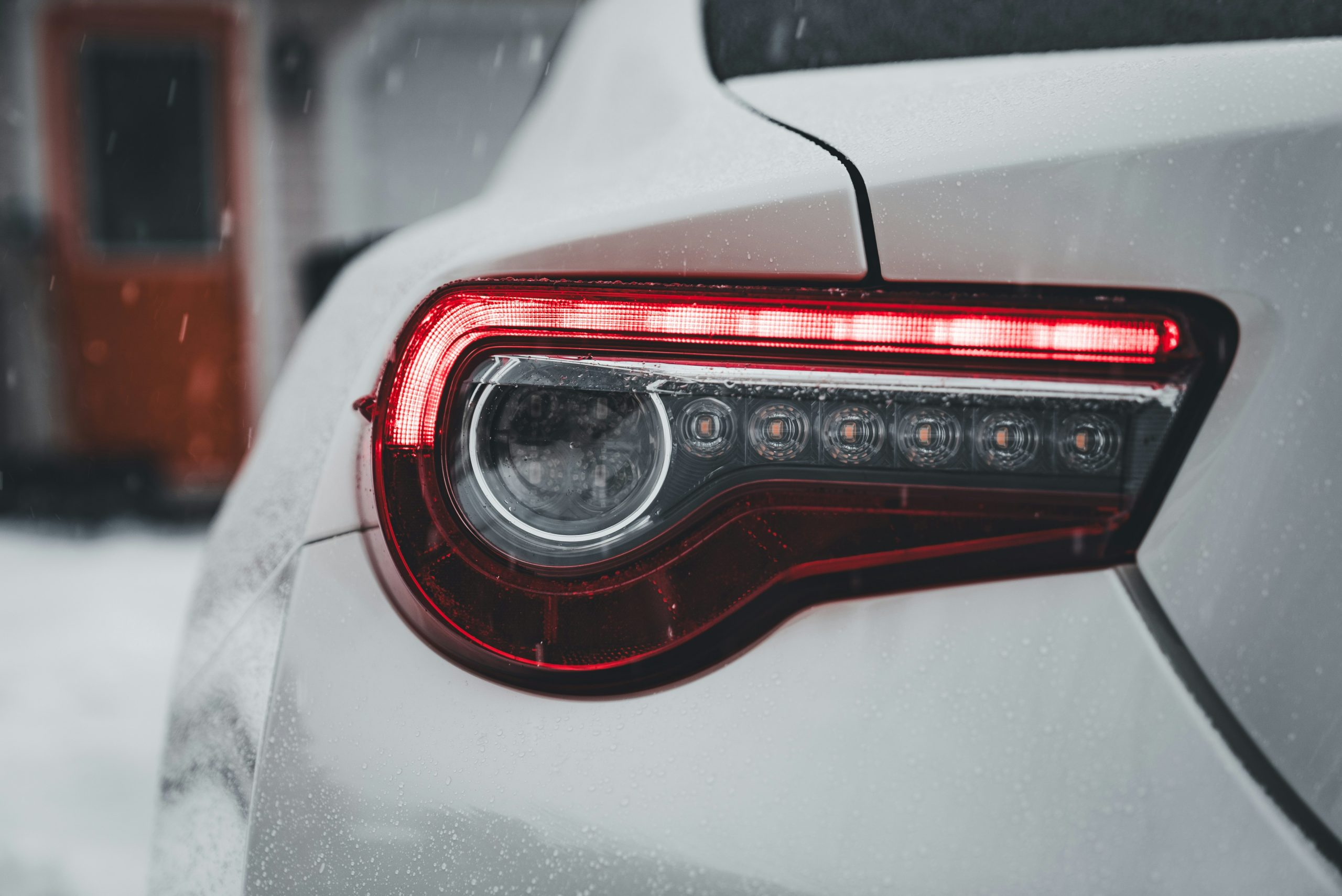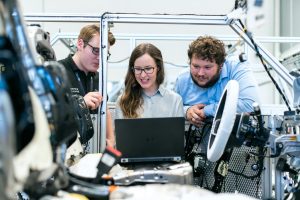The Importance of Vehicle Lighting Standards
When we think about vehicles, we often focus on their engine power, safety features, and fuel efficiency. However, one crucial aspect that is often overlooked is vehicle lighting. The importance of vehicle lighting standards cannot be emphasized enough, as it plays a vital role in ensuring the safety of drivers, passengers, and pedestrians. In this article, we’ll delve into why vehicle lighting standards are essential and how they contribute to road safety.
The Purpose of Vehicle Lighting Standards
The main purpose of vehicle lighting standards is to improve visibility and ensure that drivers can see and be seen by other road users in a variety of conditions. Without proper lighting, it would be challenging to navigate the roads at night or during adverse weather conditions. Vehicle lighting standards are also crucial in preventing accidents and reducing the risk of injuries.
The Impact of Proper Lighting on Road Safety
It’s no secret that driving at night poses more significant risks than driving during the day. Dark roads, glare from oncoming headlights, and poor weather conditions can all significantly impact a driver’s visibility. However, with the implementation of strict lighting standards, accidents and fatalities can be greatly reduced.
Studies have shown that having well-maintained and properly functioning headlights can improve driver reaction time, allowing them to avoid potential hazards on the road. In addition, having bright, visible taillights can alert other drivers of your presence on the road, reducing the chances of rear-end collisions. Properly positioned and functioning turn signals also play a crucial role in ensuring smooth traffic flow and preventing accidents.
The Role of Lighting in Vehicle Identification
Aside from improving visibility and safety, vehicle lighting also plays a significant role in vehicle identification. Both front and rear lights serve as a unique identifier for different types of vehicles. For instance, emergency vehicles are equipped with specific lighting patterns that set them apart from regular vehicles on the road. This allows other drivers to quickly identify them and react accordingly.
Additionally, proper lighting helps authorities enforce traffic laws, such as speed limits and lane usage. For example, red light cameras can capture images of a vehicle’s front lights to confirm its identity, helping authorities identify and penalize violators.
The Evolution of Vehicle Lighting Standards
Over the years, vehicle lighting standards have continuously evolved, with advancements in technology leading to more efficient and safer lighting systems. One significant improvement was the development of LED lighting, which has proven to be more energy-efficient and brighter than traditional incandescent bulbs.
In addition to LED lighting, there have been advancements in adaptive lighting systems, where the headlights can adjust to the surrounding environment, providing optimal visibility without blinding other drivers. These systems can automatically dim or adjust the direction of the headlights to prevent glare, making driving at night much safer.
Ensuring Compliance to Standards
To ensure compliance to vehicle lighting standards, regular inspections and maintenance are crucial. Drivers should regularly check their headlights, taillights, and turn signals to ensure proper functioning. If any lights are dim or out, they should be immediately replaced to avoid accidents and fines.
Furthermore, both manufacturers and drivers must adhere to the set lighting standards. Manufacturers have the responsibility of designing and producing vehicles that comply with safety standards. At the same time, drivers should be knowledgeable about lighting regulations and ensure that any modifications to their vehicle do not compromise safety standards.
Final Words
Vehicle lighting standards may seem like a minor aspect of driving, but they play a critical role in ensuring the safety of all road users. As technology continues to advance, we can expect even more improvements in vehicle lighting, leading to a safer and more efficient driving experience. So, let’s all do our part in adhering to these standards and make the roads a safer place.











